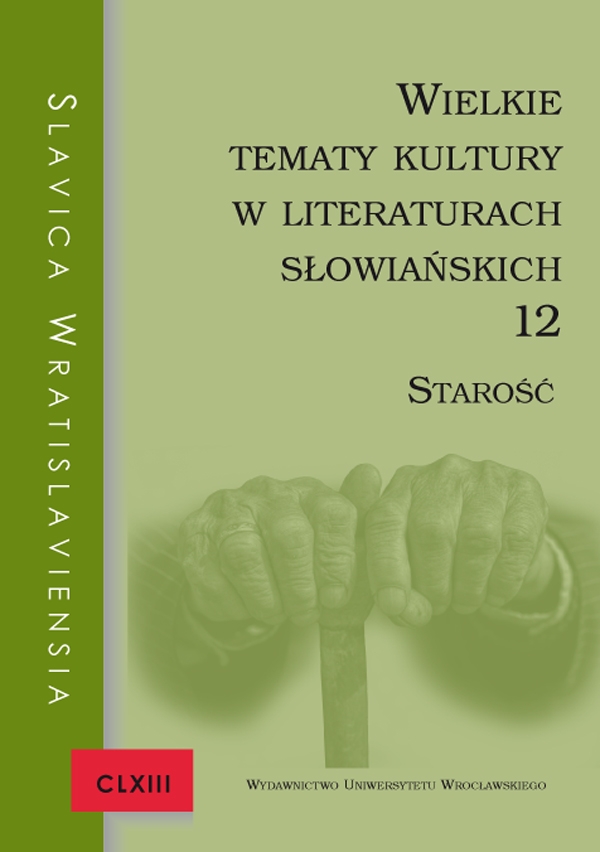

Artykuły

The picture of old age in the late works of Jaroslav Seifert Morový sloup, Deštník z Piccadilly, Býti básníkem
The analysis is an attempt to scrutinize the linguistic picture of old age in the late works of the Czech Nobel laureate J. Seifert. The following study focuses on the last three poetry volumes of the author. The article presents an analysis of the semantic field of the old age as well as the function and the way in which the metaphors are applied in the works of the Czech poet. The article is based on the research methodology of the ‘linguistic picture of the world’. Nine major metaphorical schemes were distinguished and taken under examination. When describing old age, the dominant theme was: time, travelling, farewell, sand, water, fading fire, denial of youth, meeting the dead and reflections about life after death.
Obraz světa stáří vpozdní tvorbě Jaroslava Seiferta Morový sloup, Deštník z Piccadilly, Býti básníkem
Cílem studie je pokus oodhalení specifického autorského obrazu stáří vpozdní tvorbě českého nositele Nobelovy ceny Jaroslava Seiferta, jež zahrnuje tři poslední sbírky: Morový sloup, Deštník z Piccadilly, Býti básníkem. Hlavní pozornost byla zaměřená na rozbor sémantického pole stáří asoučasně byly analyzovány funkce azpůsoby užití metafor. Článek vychází zmetodologie opírající se oprincipy zkoumaní jazykového obrazu světa resp. textového obrazu světa. Během práce bylo vyčleněno devět hlavních metaforických schémat, znichž dominantními jsou: čas, cestovaní, loučení, písek, voda, uhaslý oheň, negace mladí, setkaní sezesnulými, uvažování oživotě po smrti.